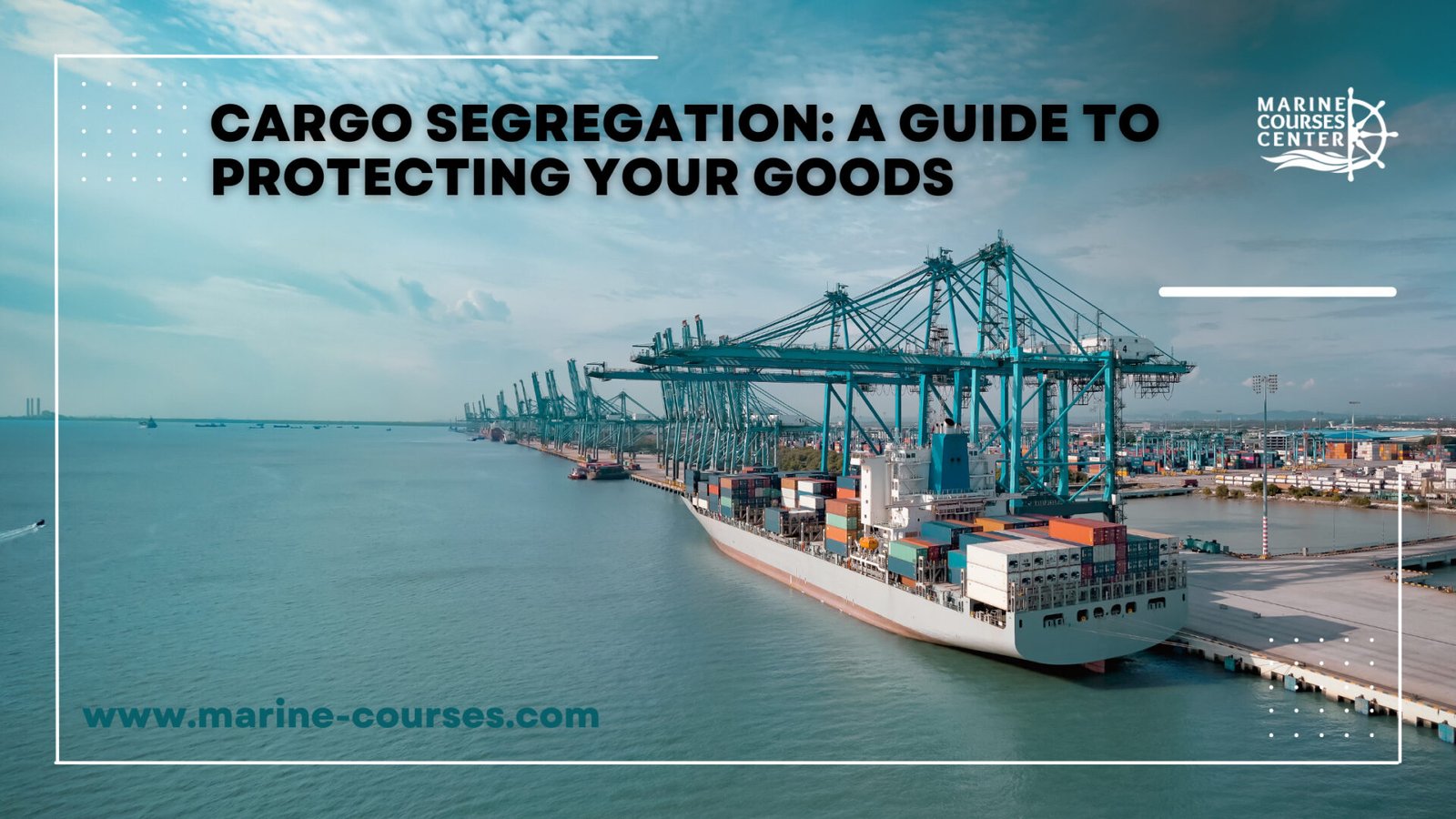
Cargo Segregation: A Guide to Protecting Your Goods

Cargo Segregation: A Guide to Protecting Your Goods
Cargo transportation is a crucial aspect of many industries, but it comes with its own set of challenges. One of the most significant challenges is the need for cargo segregation. This practice involves separating different types of cargo to prevent damage to other goods in the same compartment. In this article, we will discuss the reasons for cargo segregation and provide examples of why it is necessary. We will also explain the different types of cargo segregation methods and how to achieve them.
Why is Cargo Segregation Necessary?
The primary reason for cargo segregation is to prevent damage to other goods in the same compartment. Here are some examples of why it is necessary:
1. Segregation Between Incompatible Classes of Dangerous Goods
In the IMDG Code segregation table, dangerous goods are classified into different categories based on their properties. When different categories of dangerous goods are stowed together, they can react with each other and cause an explosion or fire. Therefore, it is essential to separate incompatible classes of dangerous goods.
2. Segregation Between Cargo Emitting Strong Odours and Other Cargo
Some cargos emit strong odours that can damage other goods. For instance, perfume or chemicals with a strong odour can affect food products. Hence, it is necessary to segregate such goods from other sensitive products.
3. Segregation Between Clean Cargo and Dusty Cargo
Clean cargo, such as food, should be separated from dusty cargo like cement, which can contaminate the food.
4. Segregation Between Cargo Requiring Ventilation and Other Cargo Damaged by Ventilation
Some cargos require ventilation, such as fresh fruits and vegetables. However, other goods, such as electronic items or paper products, can be damaged by ventilation. Therefore, it is necessary to segregate them from each other.
5. Segregation Between Heavy Cargo and Fragile Cargo
Heavy cargo, such as machinery or equipment, can damage fragile cargo like glassware or electronics if they are stowed together. Therefore, it is essential to separate them to prevent damage.
How is Cargo Segregation Achieved?
There are two ways to achieve cargo segregation:
1. Under-Deck
Cargo can be segregated by stowing different types in different compartments under the deck. This method is commonly used for container ships or bulk carriers.
2. On Deck
Cargo can be segregated by separating different types with at least 12 meters of horizontal distance. This method is commonly used for open deck ships or ships with multiple decks.
Conclusion
In summary, cargo segregation is essential to protect goods during transportation. By separating different types of cargo, we can prevent damage, contamination, or even explosions. It is achieved by maintaining certain distances between incompatible hazardous materials, requiring the presence of steel bulkheads or decks between them, or a combination of them. It is crucial to follow the guidelines set by the IMDG Code and other relevant regulations to ensure that cargo segregation is achieved effectively.
FAQs
- Why is cargo segregation necessary?
- Cargo segregation is necessary to prevent damage, contamination, or even explosions during transportation. It separates different types of cargo to protect them from each other.
- What are the different types of cargo segregation methods?
- The two main types of cargo segregation methods are under-deck and on-deck. Under-deck involves stowing different types of cargo in different compartments, while on-deck separates different types with at least 12 meters of horizontal distance.
- What is the IMDG Code?
- The IMDG Code is the International Maritime Dangerous Goods Code, a set of guidelines that governs the transportation of dangerous goods by sea. It provides rules for the safe














